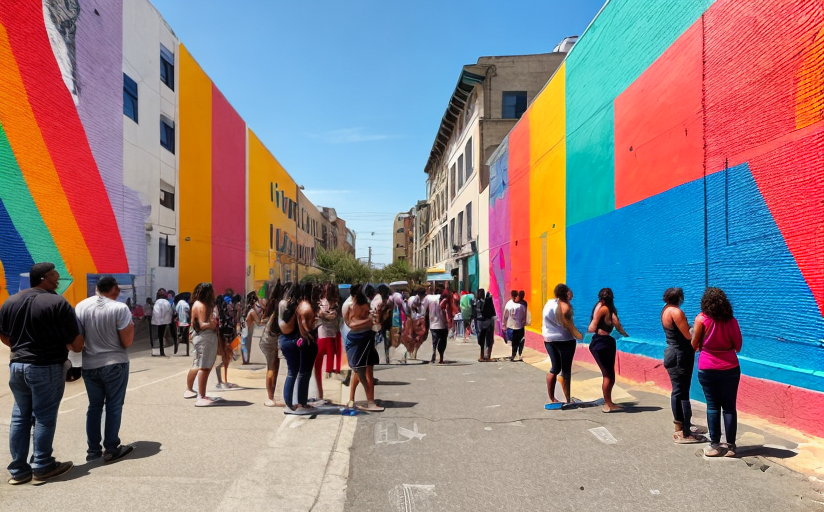The Impact and Evolution of Street Art
The emergence and evolution of street art has been an organic process, stemming from the innate human need to express oneself. From its origins dating back to prehistoric cave paintings, street art has morphed into a global phenomenon reflecting cultural, social, and political commentary that holds a mirror to the society we live in.
The History and Evolution of Street Art
Street art as we understand it today began with graffiti in the 1960s. Initially seen as an act of defiance or vandalism, it gradually gained recognition as a form of art. The 1980s marked the era when street art began to be accepted in the mainstream art world.
Street Art: An Expression of Community Sentiments
Street art inherently captures the cultural, social, and political aspects of various communities. It not only reflects the community's identity but often plays a vital role in shaping and transforming it. Street art voices the sentiments of the masses, often highlighting issues that might be overlooked otherwise.
Renowned Street Artists and their Notable Works
Artists like Banksy, who maintain anonymity, have rose to global acclaim given their politically charged works. Banksy’s “Balloon Girl” and “Fighter Jet” are globally acclaimed for their potent political and social commentary. Another renowned artist, Shepard Fairey, known for his 'Obey Giant' campaign and Barack Obama's Hope poster has been a game-changer in political propaganda.
The Impact of Street Art on Community Identity
Street art has a profound impact on shaping community identity and unity. It can highlight unique aspects of a community’s heritage, or celebrate its diversity and multiculturalism. It can also provide a platform for marginalised voices to be heard.
Street Art: A Catalyst for Social Change
More than just aesthetic appeal, street art bears the potential to spark conversations and stimulate thought processes, making it a powerful tool for social change. The vibrancy of Banksy’s work during the Israel-Palestine conflict or JR’s large-scale portraits in economically deprived neighbourhoods world over reveal insightful stories about each community’s fight for survival, rights and recognition.
Street Art: Reclaimed Public Spaces and Altered Perceptions
Street art has significantly changed the public perception of urban landscapes, transforming them into open-air museums and message boards. It has helped individuals, communities and even cities reclaim and revitalise neglected or stigmatised public spaces.
Summary
In conclusion, street art has indeed evolved to be recognised as a legitimate form of art and a powerful instrument for social change. Not only does it contribute to the distinct character of a place, it also uniquely positions itself as a canvas that mirrors the zeitgeist of our times.
















Comments
Leave a Comment